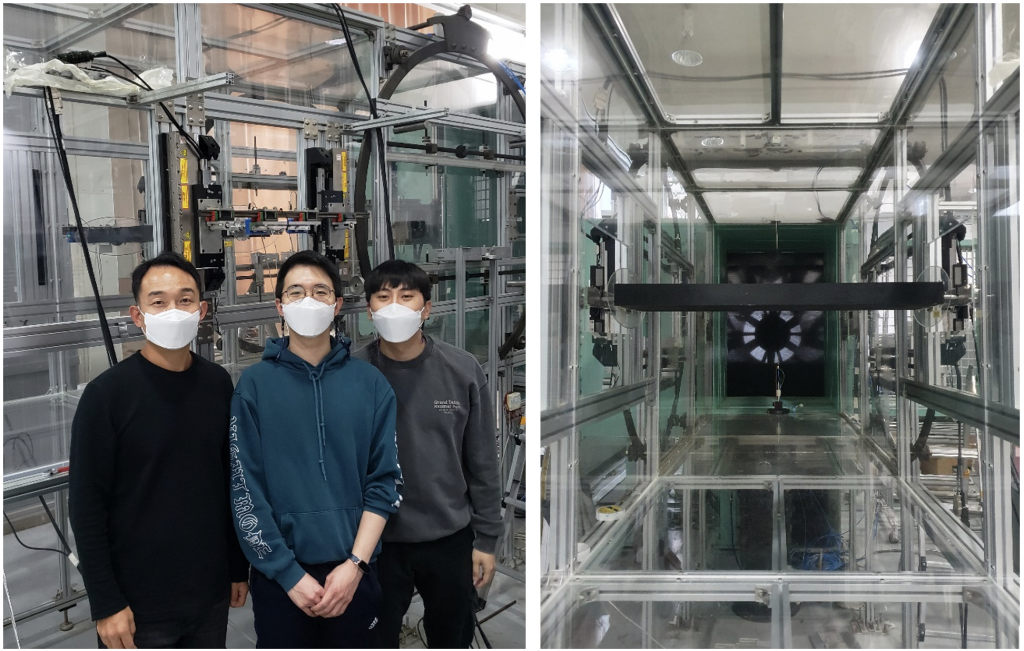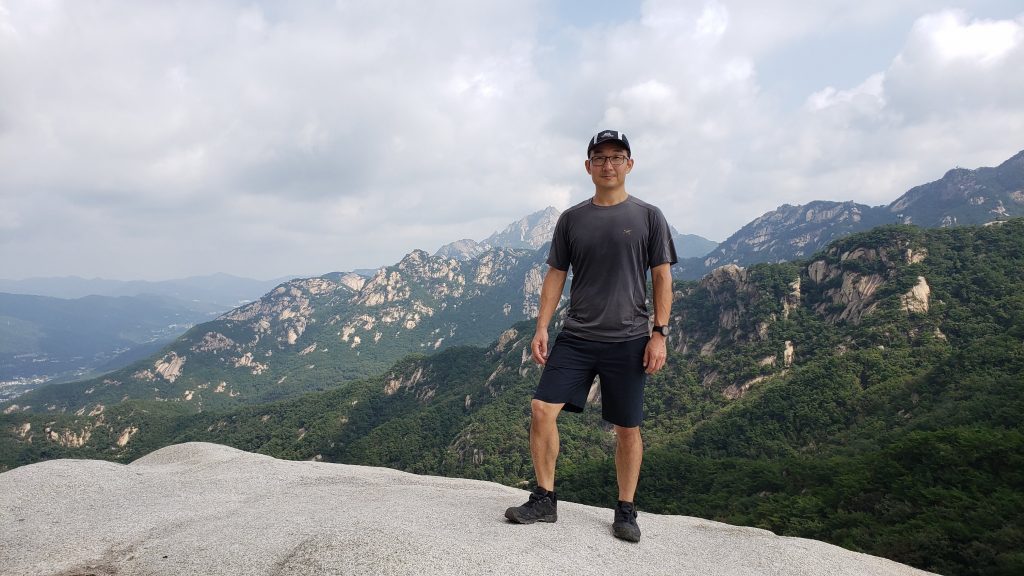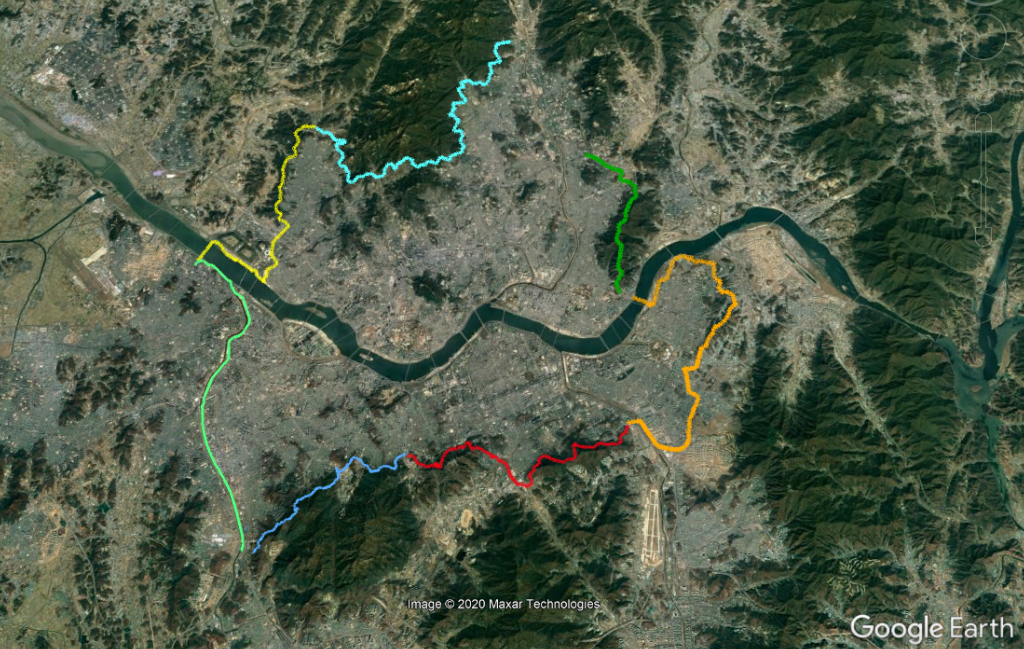
Prof. Oh-Sung Kwon is coming home to Toronto this week, on Saturday, December 19, after a six-month research leave. “It has been a long six months,” shares Kwon. “I look forward to seeing my family in December and meeting my students in person after the COVID-19 pandemic.”
The research leave was planned long before the current health crisis was known – it just added a few more twists. Like any other CivMin professors, he has been keeping in touch with the structural research students he supervises via video meetings. Teams chats are the new norm for just about everyone during the pandemic since in-person contact is strictly limited to lab work at U of T. The difference, however, is he’s nearly half a world away in Seoul, South Korea.
“Even though I spent six months in Korea, there has not been much difference in having meetings with my students. The only difference is the meeting time; it is either early in the morning or late in the evening due to the 14 hours of time difference.”
Since departing Toronto on June 19 for Seoul, Kwon has maintained regular contact with research students at both U of T and Seoul National University (SNU). He has spent his research leave in Korea to progress a few collaborative research projects there.
“Back in 2016, I hosted an international workshop at the University of Toronto, inviting researchers and professors from several research institutions in South Korea to promote international collaborations. Since then, we have developed a few research projects. Including myself, five professors in the Structures section have collaborated with or closely interacted with Korean researchers. In the past four years, three PhD students visited my group from Seoul National University. My graduate students spent 26 person-months at the Korea Institute of Civil Engineering and Building Technology (KICT) and Korea Atomic Energy Research Institue (KAERI). I recruited one PDF from SNU, with another one joining in January 2021.”
One of Kwon’s primary research focuses is on developing realistic simulation methods for structures subjected to extreme loads such as earthquake, wind, and fire. Through the research collaborations of the institutions, his group can access unique testing facilities, such as a wind tunnel and fire testing facilities, not available at U of T.
He says, “During my stay, I have been co-supervising one graduate student and one PDF at SNU to implement the real-time aeroelastic hybrid simulation (RTAHS) method for bridge deck models in their wind tunnel facility. I co-supervised one Ph.D. student in the past four years on the development of deep neural network (DNN) models for nonlinear response predictions. The student will complete his doctoral degree soon. Also, during my stay in Korea, I have been developing a new project with KICT to run more conventional fire endurance tests and hybrid fire tests at their fire testing facility in 2021.”


For personal recreation, as well as beneficial exercise, he has stayed active with regular hikes around Seoul on the well-known Seoul Trail. The 157 km trail winds up and down hilly terrain, providing a varied and sometimes challenging Saturday trek. Kwon began his ambitious sojourns in July and completed the final section October 31. Recognition, in the form of a certificate, allowed him to realize a lifelong goal.

A planned break to see his family simply was not to be, as quarantine measures in both countries were found to be too restrictive. “Originally I was planning to go back to Toronto for two weeks in late September to spend Thanksgiving with my family. But I realized the two weeks of isolation upon return to South Korea were very strict. And, also, two weeks of quarantine in Toronto is also restrictive. In total I would need to spend one month in isolation if I travelled back and forth, so I decided to stay here and just leave at the end of my recess.”
Throughout the summer, and early fall, South Korea held COVID-19 at bay with extremely low case counts. Kwon recounts the open access to facilities, such as libraries, while everyone kept to wearing masks as a matter of course. “I think Korea flattened and reduced to the curve very quickly. I think a great example of taking control and I think there’s also in the country more of a personal feeling of responsibility, or obligation.”
The number of cases in all of South Korea, with a population of 52 million, is currently starkly better than even the lone province of Ontario (pop. 16 million) or the City of Toronto’s three million. “We see the third wave of COVID-19 situation in Korea with 451 new cases for today [November 30]. There are further restrictions imposed to a few businesses (bars, cafes, gyms, restaurants, etc.), but not as strict as in Toronto. For example, all restaurants are still open until 9 p.m.,” he says.
The relatively better situation is met with caution,”With greater population density, it can spread a lot quicker here, so we all have to be more careful.”
Kwon returns home to his wife and three children in Toronto, though he has enjoyed his time visiting extended family while back in South Korea, “I have a big family in Seoul. If we get together with my three sisters and their family, we have about 18-19 family members.”
During his time away from home there have been several notable academic recognitions:
- Three of Prof. Kwon’s U of T PhD students were given international recognition for their video thesis presentations, as well as another student from SNU co-supervised by Prof. Kwon
- One postdoctoral fellow (PDF) and one MS student Prof. Kwon co-supervises at SNU received one of the best paper awards at the Korean Society of Civil Engineers (KSCE) 2020 Convention. The topic was on hybrid wind simulation method for a bridge deck section.
- The SNU PDF will join his group as a U of T PDF January 2021 to further develop the methodology.
- Prof. Kwon submitted several research proposals and journal papers, and developed a basis for future research collaborations with various research institutions in Korea.
Kwon reflects on his six-month research leave as an excellent opportunity for him to wrap up a few projects and develop a few more for the next few years.
By Phill Snel